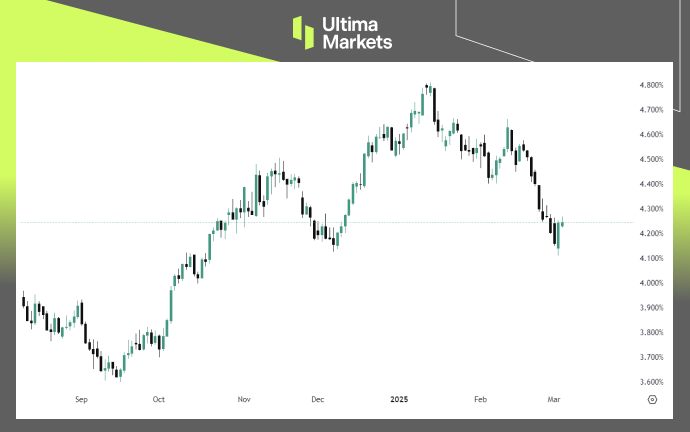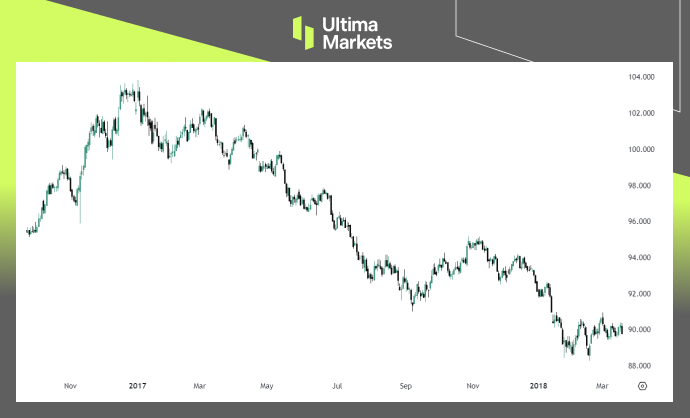
Ultima Markets App
Trade Anytime, Anywhere
Important Information
This website is managed by Ultima Markets’ international entities, and it’s important to emphasise that they are not subject to regulation by the FCA in the UK. Therefore, you must understand that you will not have the FCA’s protection when investing through this website – for example:
- You will not be guaranteed Negative Balance Protection
- You will not be protected by FCA’s leverage restrictions
- You will not have the right to settle disputes via the Financial Ombudsman Service (FOS)
- You will not be protected by Financial Services Compensation Scheme (FSCS)
- Any monies deposited will not be afforded the protection required under the FCA Client Assets Sourcebook. The level of protection for your funds will be determined by the regulations of the relevant local regulator.
Note: Ultima Markets is currently developing a dedicated website for UK clients and expects to onboard UK clients under FCA regulations in 2026.
If you would like to proceed and visit this website, you acknowledge and confirm the following:
- 1.The website is owned by Ultima Markets’ international entities and not by Ultima Markets UK Ltd, which is regulated by the FCA.
- 2.Ultima Markets Limited, or any of the Ultima Markets international entities, are neither based in the UK nor licensed by the FCA.
- 3.You are accessing the website at your own initiative and have not been solicited by Ultima Markets Limited in any way.
- 4.Investing through this website does not grant you the protections provided by the FCA.
- 5.Should you choose to invest through this website or with any of the international Ultima Markets entities, you will be subject to the rules and regulations of the relevant international regulatory authorities, not the FCA.
Ultima Markets wants to make it clear that we are duly licensed and authorised to offer the services and financial derivative products listed on our website. Individuals accessing this website and registering a trading account do so entirely of their own volition and without prior solicitation.
By confirming your decision to proceed with entering the website, you hereby affirm that this decision was solely initiated by you, and no solicitation has been made by any Ultima Markets entity.
I confirm my intention to proceed and enter this website Please direct me to the website operated by Ultima Markets , regulated by the FCA in the United KingdomTrading & Pricing Fully Restored
Dear Valued Client,
We are pleased to confirm that the earlier issue affecting upstream pricing and liquidity has been fully resolved. All trading and quotation services, including gold-related instruments, have returned to normal.
Our systems are now operating smoothly, and you may continue to place and manage your orders without any limitations.
Thank you for your patience throughout this incident. Should you have any questions regarding your account or recent transactions, our support team remains available to assist you at any time.
Close Pop-upDollar Hits Multi-Month Lows Amid “Trumpcession” Fears
The U.S. Dollar Index fell to its lowest level in months yesterday, with the euro and the British pound emerging as the biggest gainers against the greenback. The recent shift in market sentiment was largely driven by concerns over Trump’s policies.
Dollar Sinks on “Trumpcession” Concerns
Earlier, Trump escalated tariff measures, raising fears among global investors about the economic outlook, particularly for the U.S. economy. This has fuelled risk aversion and reinforced concerns over a potential recession—referred to as a “Trumpcession,” a term describing an potential economic downturn triggered by Trump’s policies.
The U.S. dollar continued its decline for the second consecutive day on Tuesday, hitting a three-month low as worries over a “Trumpcession” grew. Safe-haven assets, such as U.S. Treasury bonds, saw increased demand, driving yields lower and reducing the appeal of dollar-denominated assets.

(US Government Bond 10-Year Yield; Source: Trading View)
Meanwhile, the euro climbed to its highest level in nearly four months, reaching around $1.0625. The British pound also strengthened, trading near a three-month high against the U.S. dollar.
Dollar’s Struggle Amid of Trumpcession?
As markets await Trump’s next move, focus may temporarily shifts to the upcoming February U.S. jobs report. Previous data showed a strong job market, leading to expectations that the Fed will maintain its current policy—typically supportive for the dollar.
If this week’s job data remains robust, the dollar could see a short-term rebound. However, this upside may be limited, as investors have largely priced in this scenario, making it difficult for the dollar to sustain further gains. Especially, Trump’s policies are likely to continue weighing on the U.S. dollar.

(2017-2018 Trend in US Dollar Index, Source: Trading View)
The depreciation of the US Dollar during Donald Trump’s first term was evident when he introduced aggressive policy measures, leading to a year-long decline from its decade-high levels.
Markets are now increasingly concerned that a “Trumpcession” could repeat, as more of his policy measures are set to be unveiled, potentially triggering another prolonged downturn in the dollar.
Disclaimer
Comments, news, research, analysis, price, and all information contained in the article only serve as general information for readers and do not suggest any advice. Ultima Markets has taken reasonable measures to provide up-to-date information, but cannot guarantee accuracy, and may modify without notice. Ultima Markets will not be responsible for any loss incurred due to the application of the information provided.
Why Trade Metals & Commodities with Ultima Markets?
Ultima Markets provides the foremost competitive cost and exchange environment for prevalent commodities worldwide.
Start TradingMonitoring the market on the go
Markets are susceptible to changes in supply and demand
Attractive to investors only interested in price speculation
Deep and diverse liquidity with no hidden fees
No dealing desk and no requotes
Fast execution via Equinix NY4 server








